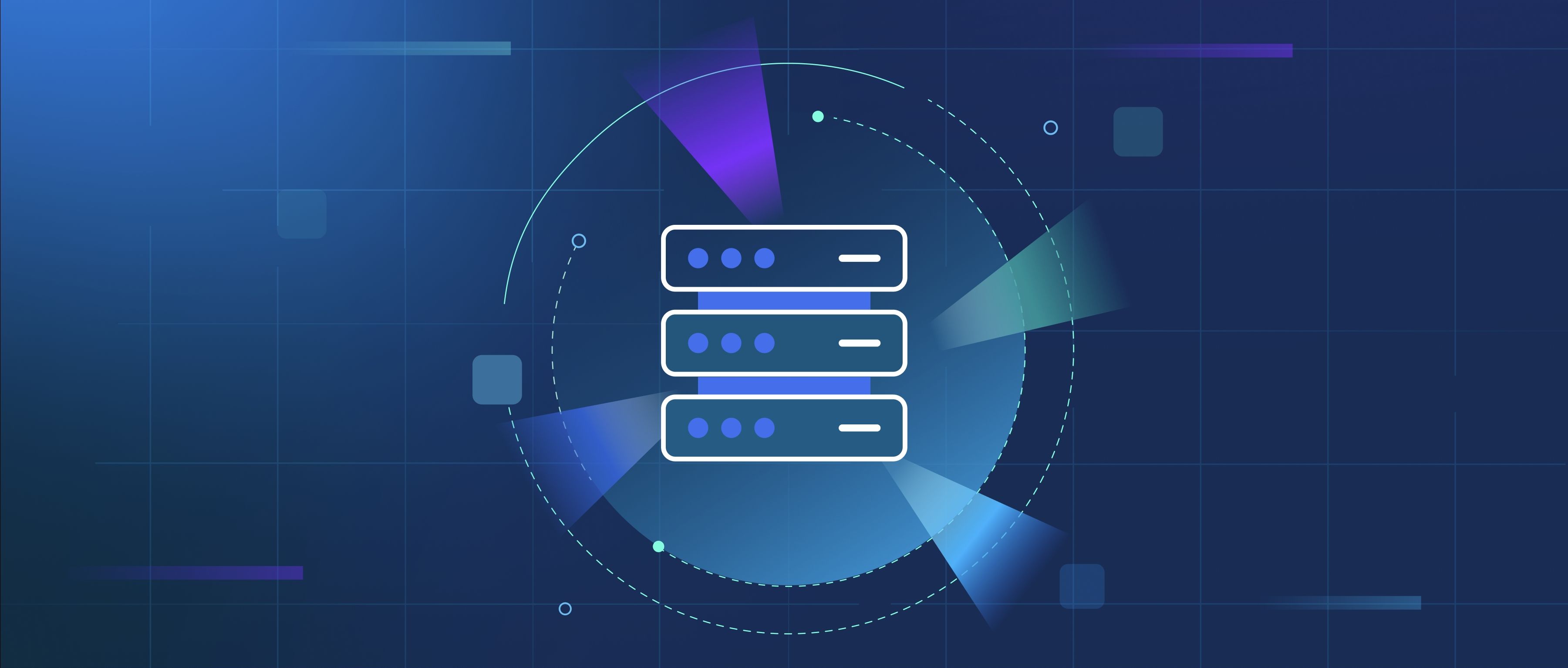LLMs are trained using a two-step process: pretraining and fine-tuning. During pretraining, the model is exposed to massive datasets containing diverse text. This helps the model learn general language patterns, such as grammar, sentence structure, and word relationships. For example, the model might predict missing words in sentences to develop an understanding of context.
Fine-tuning is the second step, where the model is trained on specific datasets tailored to particular tasks or domains. For instance, an LLM might be fine-tuned on legal texts to assist with contract analysis. Fine-tuning helps refine the model’s performance by focusing on task-specific data, improving its accuracy for specialized applications.
The training process involves optimizing the model’s parameters using algorithms like gradient descent, which minimizes errors in predictions. This requires substantial computational power, often involving clusters of GPUs or TPUs. The scale of training, in terms of both data and compute, is what gives LLMs their versatility and capability across multiple domains.
